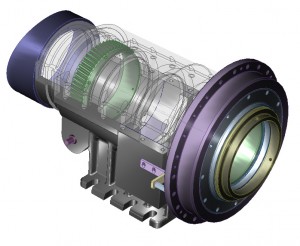2 mins read
Ansys Releases New Versions Of Spaceclaim And Fensap-Ice

December 19, 2024
Copyright 2023, IT Voice Media Pvt. Ltd.
All Rights Reserved

 more accurately predict in-flight icing to improve aircraft safety thanks to advancements ANSYS (NASDAQ: ANSS) has delivered with two new product releases. The most recent release of ANSYS® SpaceClaim™ and ANSYS® FENSAP™ dramatically enhances speed, efficiency and reliability – providing users with revolutionary workflows and unique capabilities.
more accurately predict in-flight icing to improve aircraft safety thanks to advancements ANSYS (NASDAQ: ANSS) has delivered with two new product releases. The most recent release of ANSYS® SpaceClaim™ and ANSYS® FENSAP™ dramatically enhances speed, efficiency and reliability – providing users with revolutionary workflows and unique capabilities.